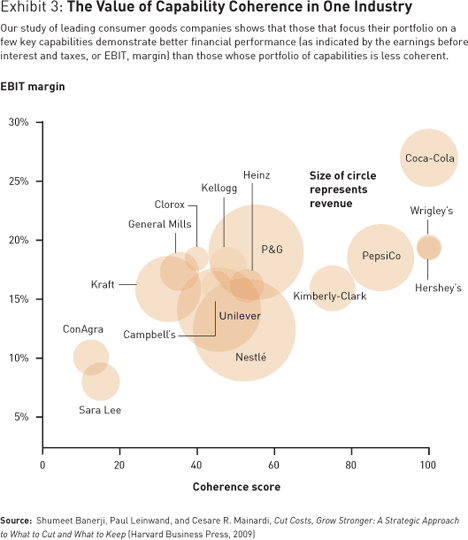This series discusses the recent report from CAPS Research on the role of optimization in strategic sourcing. The primary goal is to highlight, clarify, and, in some cases, correct parts of the report that are important, confusing, or incorrect to insure that you have the best introduction to strategic sourcing decision optimization that one can have.
In this chapter, the optimization enhanced sourcing cycle is enhanced. The first issue is cycle time. According to the report “at one company, the time from first exposure to the optimization concept to completion of the first pilot run was one year … this is probably fairly typical“. While this is likely true at larger companies, it needs to be clarified that while it takes some companies a while to first buy into the concept and then acquire a solution, a good provider can take you through a pilot on a moderately sophisticated category in under 6 weeks.
The typical cycle times for each activity in the bid cycle given for the example company are worth noting:
- one day to five months for internal customer engagement
- one to five weeks for RFQ finalization
- one day to four weeks to finalize bid submission screens for suppliers
- one day to two weeks to permit bid revisions and close bidding
- one to three days to clean bid data
- one to two weeks for analysis and award recommendations
This says that cycles varied from two weeks and three days to over eight months, which demonstrates that simpler events will not take very long while you should plan for up to six months for very complicated events like rebidding all of your global freight lanes in a single project. (And yes, modern solutions are powerful enough to do just this. A customer of Trade Extensions recently conducted a self-service Billion Dollar event that consisted of 65,000 items, 60,000 transport destinations, and 400,000 bids from over 100 suppliers.)
Finally, as the report states, the total time to complete the sourcing process will be directly related to the number of scenarios tested and the number of rebidding cycles and solving the model with constraints can take from a few minutes for smaller, less complex buys to several hours for large, complex buys. Thus, the more scenarios you want to analyze, the longer it will take. However, you can still run through more scenarios in a day than a spreadsheet would allow you to do in a week, or a month, for more complex models. So while it can take a week or two to analyze all of the meaningful scenarios for a larger project, it’s a drop in the bucket compared to the analysis time if you were still using unmanageable spreadsheets.
Share This on Linked In

